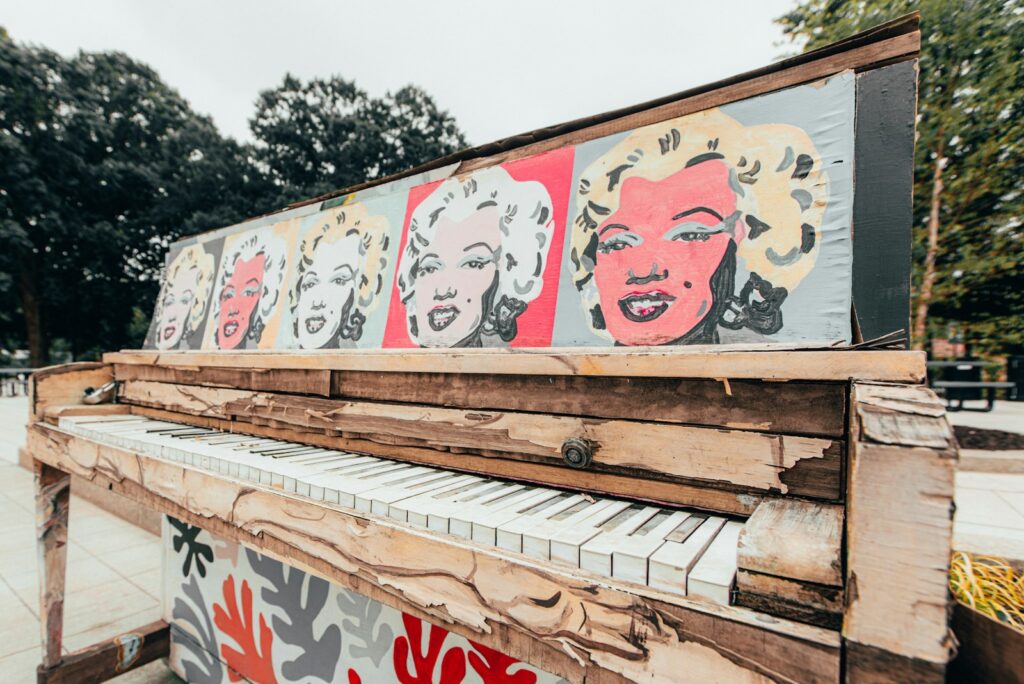
Photo by Clker-Free-Vector-Images on Pixabay
## Introduction
Soho House, once hailed as the epitome of cool and a gathering spot for celebrities, has been facing an existential crisis in recent years. This former celeb hotspot, known for its exclusive membership and trendy locations, has lost its edge and is now struggling to maintain its allure. In this article, we will dive deep into the rise and fall of Soho House, exploring the factors that contributed to its decline and the challenges it faces today.
The Rise of Soho House
From London to New York: The Birth of Cool
Soho House was born in London in 1995, with its first location opening its doors to a select group of creatives. Its exclusive and intimate atmosphere quickly attracted attention, becoming a hub for artists, musicians, and actors. The club’s reputation skyrocketed when it was featured in the hit TV show “Sex and the City,” cementing its status as a go-to destination for the chic and trendy.
Expansion and International Recognition
Buoyed by its success in London, Soho House expanded its reach, opening new locations in major cities worldwide. From New York to Los Angeles, Toronto to Barcelona, the brand aimed to replicate its cool factor across the globe. Soho House became synonymous with luxury, offering members access to stylish accommodations, rooftop pools, and exclusive events. Its reputation as a playground for the rich and famous only grew stronger.
The Influence of Soho House
Soho House wasn’t just a place to see and be seen; it also had a significant impact on popular culture. Its members included A-list celebrities, fashion icons, and influential figures from various industries. The club’s events and parties became legendary, setting trends and shaping the zeitgeist. Soho House had become more than just a club; it was a symbol of status and a cultural force to be reckoned with.
The Fall of Soho House
Expansion and Overcrowding
As Soho House expanded its locations and membership, cracks in its once-impenetrable facade began to show. The allure of exclusivity started to fade as the club’s doors opened to a larger and more diverse crowd. New York, Los Angeles, and London saw a surge in membership during the COVID-19 pandemic, leading to overcrowded spaces and a decline in the quality of service. The once-intimate atmosphere gave way to a crowded and impersonal experience.
Competition and Changing Tastes
While Soho House was once the undisputed king of private clubs, it faced fierce competition from new, aspirational clubs popping up in major cities. These newcomers offered a fresh take on exclusivity, attracting a younger and more discerning crowd. Shiny new clubs like ZZs, Zero Bond, and Casa Cipriani became the new hotspots, leaving Soho House struggling to maintain its cool factor. Members complained that the club had become “basic” and lacked the creative vibe it once had.
Financial Challenges and Wall Street Betting Against It
Soho House’s financial woes deepened when Wall Street research firm Glass House issued a damning report, suggesting that the company’s shares could eventually become worthless. Glass House, a prominent short seller, highlighted Soho House’s lack of profitability and raised concerns about its business model. While the club rejected the report, investors became wary, and the company’s stock price plummeted. Soho House now faces the daunting task of restoring investor confidence and ensuring its long-term financial stability.
Loss of Cool Factor and Declining Reputation
Perhaps the most significant blow to Soho House was the loss of its cool factor. Members and industry insiders alike have noted that the club’s vibe has changed, becoming crowded and lacking the creative energy it once had. The service has suffered, and celebrity sightings have become increasingly rare. Soho House, once at the cutting edge, now struggles to stay relevant in an ever-changing landscape.
The Future of Soho House
Rebranding and Reinvention
To combat its declining reputation and financial challenges, Soho House has embarked on a rebranding and reinvention journey. The club aims to recapture its cool factor by refreshing its older locations and focusing on providing a more exclusive and personalized experience. Soho House has also explored the possibility of going private, with billionaire film producer Ron Burkle expressing interest in taking the company off the stock market. These efforts signal a potential turning point for the club as it seeks to reclaim its former glory.
Reshaping the Membership Experience
Central to Soho House’s future success is reshaping the membership experience. The club recognizes the need to strike a balance between exclusivity and accessibility, ensuring that its spaces remain vibrant and creative while providing a high level of service. Soho House aims to regain the trust and loyalty of its members by addressing their concerns and prioritizing their satisfaction.
Expanding into New Markets
In addition to revitalizing its existing locations, Soho House is also eyeing expansion into new markets. The club plans to open new houses in second-tier cities like Charleston, South Carolina, and continue its global expansion. By entering untapped markets, Soho House hopes to attract a fresh audience and revitalize its brand.


